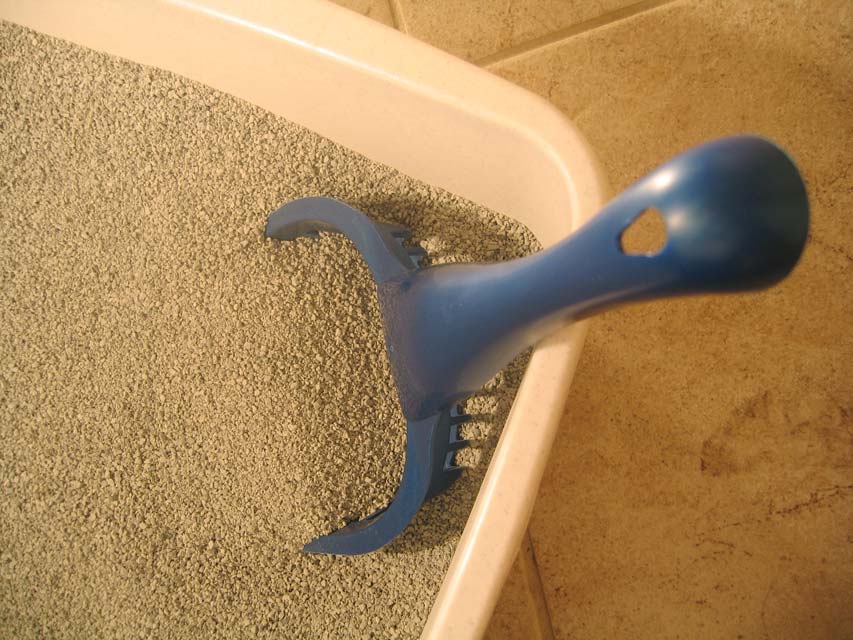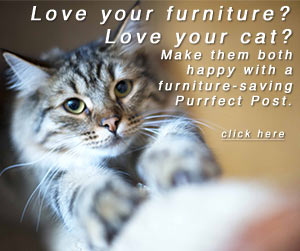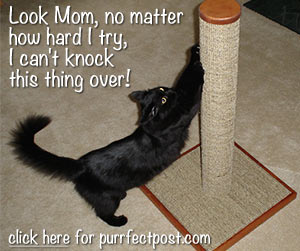What Is the Best Litter for My Cat?

There are lots of important decisions to make when you share your home with a cat. It might not be evident at first that which type of litter you provide is among the most significant. That's because if your cat dislikes the litter you put in his box, he might not use it. That's called litter aversion, and it's one of the primary causes of inappropriate urination in cats.
When deciding what type of litter to use, we think it's important to consider what cats like and why but also to give weight to how dusty it is for the humans and cats in the home and how harmful it is to the earth (through mining efforts to acquire it and biodegradability to get rid of it).
What Types of Litter Are There?
Before you can choose a litter type to use in your home, you'll need to be aware of the types available.
- Clay clumping. This might be the most popular type of cat litter. It's most often made of bentonite, and wetness like urine causes it to clump together. Those clumps are easy to scoop right out of the box, leaving the remaining clean litter to continue using. However, clay clumping litter is heavy, non-biodegradable, mined from the earth, and causes a lot of dust. It's also dangerous to a cat that ingests much of it, which is commonly done by kittens. Most vets recommend avoiding clay clumping litter for kittens.
- Clay non-clumping. This type of litter is made of clay other than bentonite, and it doesn't form into clumps when wetness hits it. It's not as easy to clean out, and there is more waste. It is also non-biodegradable and makes lots of dust.
- Crystals. Crystal litter is made of silica. It controls odor well and lasts longer than clay litter because it's incredibly absorbent. Crystal litter doesn't create dust. But it's expensive and dangerous if the kitty ingests too much of it. There are types of crystal litter marketed to change colors when the cat has a urinary problem, which can be helpful. Some types of crystal litter are biodegradable, but most are not. Some cats dislike crystal litter because it pokes their paws uncomfortably.
- Corn, wheat, and pine. These types of litter are made of natural, biodegradable substrates. They don't usually clump (though World's Best Cat Litter does), but most of them have low or no dust. However, if a cat has a food allergy to the litter component, they may develop a reaction to the litter.
Some litters are scented to help reduce the odors for the humans in the home and some are unscented.
What Litter Do Cats Prefer?
Most cats like litter that is soft and has the consistency of sand. They also usually prefer clumping litter because it keeps things neater for them, which they like. Additionally, scented litters are avoided by many cats.
Our pick for best cat litter is World's Best Cat Litter, which is made of cornmeal. It smells good naturally without added scents, it clumps, and it has low or no dust. Plus, it's biodegradable and isn't mined from the earth.
Don't Change Litter Quickly
If you decide to make a litter type change for your cat, don't do it abruptly. That could upset your kitty and cause him to go outside of the box. Instead, try mixing the two litter types together, gradually adding more of the new litter and less of the old. Take about two weeks to switch over, lengthening that time if your cat shows dislike at any point.
You may wish to test your cat's preferences by putting boxes filled with different litters next to each other and monitoring which he uses.
Keep the Litter Box Clean
No matter what type of cat litter you use, box cleanliness is crucial. You must keep the urine and stool scooped out, change the litter when needed, and empty the litter out to clean the box routinely. Get a good quality scoop to make the job easier. You can also use a litter mat to cut down on the amount of litter your cat tracks around the house.
If you have multiple cats, you must have multiple boxes and pay even closer attention to cleanliness. If you have a big house, you should have boxes scattered around in multiple areas to make it easier for your cats to get to one when needed.



